|
In the midst of the pandemic, Joran Oppelt, a skilled facilitator and executive coach, played a pivotal role in reshaping the trajectory of an orthodontic clinic's business. The clinic faced challenges posed by virtual competitors like Invisalign and struggled to adapt, feeling reactive rather than proactive.
Joran's expertise in team alignment and team building became the catalyst for change. Through an extensive process of re-engineering meeting protocols, creating a clear vision and values, and establishing new communication strategies, the orthodontic clinic not only weathered the storm but emerged stronger and more resilient than before. Here’s what the Operations Project Manager had to say, “With Joran’s help, I led my team through redesigning our meetings protocol and organizational values. Thanks to his work, our company was not only able to overcome business disruptions due to COVID-19, but we were able to innovate, strategize, train, and synchronize our operations while exceeding financial goals!” Central to their success was the development of a competitive virtual offering, a strategic response to the threat posed by Invisalign. The clinic morale improved as they went from feeling like a victim to being a proactive player in the market, retaining and even expanding its patient base. The visioning process led by Joran played a crucial role in setting the clinic up for success during the challenging and isolating time of the pandemic. By defining clear vision, mission, and values, coupled with a comprehensive Team Charter, the clinic was able to ensure that everyone knew their roles and responsibilities. Most importantly, they identified and empowered the right person for the lead administrative role. Throughout the process, the team realized the need for an integrator – someone with the ability to drive these new systems and keep everything organized. This strategic shift not only streamlined operations but also accelerated the clinic's growth. Two years post-peak pandemic, this orthodontic clinic continues to thrive. Expanding their team with multiple calls for new assistants and hygienists, they are not just surviving but actively growing. The focus has shifted to marketing and patient base expansion, with a new social media and marketing plan in place. Their collaboration with a marketing company attests to their commitment to staying ahead in a competitive market. This success story is a testament to trusting in the process and the transformative power of facilitation and coaching. Joran's guidance not only helped them navigate the economic risks and cultural challenges posed by the pandemic but also set them on a trajectory of sustained growth and prosperity.
0 Comments
by Rachel Blasco
From updating your strategy to scaling your team, growth is change and change is hard. Visual Consultants are hired to “facilitate the organization to perceive, understand, and develop the organization’s business and human processes, in order for the client to improve the situation themselves, as they define it.” Visual Consultants work with clients to (quite literally) paint the picture their teams are trying to describe in vivid details that is clear and easy to understand. In other words, visual consultants are the map makers and cartographers for our ideas in order to define and put plans into actionable stories. Visual consulting is at its essence, storytelling. The practice developed out of the constant need for innovation in businesses that want to remain not only at the top of their game, but to continue to move the ball forward in their field. Visual consultants are at the intersection of three fields that have given rise to a new way of working: Visualization, dialogic practice, and change consulting. The outcome is both rewarding and inspiring to executives and teams alike. Visual storytellers and consultants both design and lead change in organizations and communities that may otherwise feel unmotivated or simply unclear on what the objectives and expected outcomes of the group may be. Ultimately, this is an orientation in process thinking and process leadership. So, clients seeking alignment on new visions, process transformation, innovation, culture change, and sustainable results get the results they are looking for in hiring a visual consultant to bring order to the chaos. Why Seeing is Believing In both high profile corporate coaching and small personal development circles, creating a clear picture around your goals and steps to get there is a central topic. Look at the vocal facilitators and consultants as pros at this. Navigating both verbal story and visual landscape, these experts bring design thinking and creativity to the gray landscapes of corporate agendas and enhance team enthusiasm and commitment. An article in Forbes, Neuroscience Explains Why You Need To Write Down Your Goals If You Actually Want To Achieve Them, discusses the research behind describing or picturing goals and the strong association with goal success; and, people who very vividly describe or picture their goals are anywhere from 1.2 to 1.4 times more likely to successfully accomplish what they set out to do. Think about visual facilitation and storytelling as the map to your destination. It’s much easier to get to where you are going if you have a better picture of what to expect or look for. It helps our monkey brains process more efficiently, and focus on what matters. If you are experiencing the following, you may need someone to consult with on your vision, culture, story or strategy. Some of the main complaints among brands and businesses that would benefit greatly from visual consultants are:
With all of this in mind, and especially if you are experiencing any of these issues, it makes sense to hire visual consultants to facilitate innovation workshops and improve overall team output and performance while defining what the next chapter of your business will look like. If you still don’t know where to start or what this might look like for your organization, we’d be happy to schedule a quick 30-minute call. An Interview with Joran Oppelt by Ashley Preston
There are a lot of misconceptions around success. The dictionary describes it as “the correct or desired result of an attempt,” or “the fact of getting or achieving wealth, respect, or fame,” but how it is measured is highly subjective to each person pursuing goals. So the question becomes, “how should we think of success?” That’s why I sat down with Joran Oppelt, the founder of Illustrious Consulting and an international speaker and author to get his thoughts on what “success” really is, how it is achieved, and what kind of mentality we should approach it with. Here’s what he had to say about his journey, the biggest lessons he’s learned along the way, and some of the most common misconceptions he’s seen about what it takes to be successful. Q: How can someone find success? A: There might be a formula for sales, there might be ways to template out content, there are aspects of a business you can replicate and train, but no one can just hand you the roadmap to a successful business. I wish people knew there are no gurus or experts that can turn them into an amazing CEO or business owner or manager. People are making things up as they go all the time – they’re building their airplanes in flight. Relying on a step-by-step process pigeon-holes you into a certain way of doing things. The best entrepreneurs accept that there isn’t a precise process, there isn't an exact framework. It doesn’t work that way. Q: Why is it important to find your own formula for success? A: Everyone has different markets and segments, so one-size-fits-all approaches aren’t going to solve your problems. Success is found by those who are willing to go out on a limb. You give your power away when you allow yourself to think that one person’s book or system can help you hit your goals. That puts your chance to succeed outside of yourself. You’re not taking responsibility for your own future. You're avoiding experimentation, which is a vital piece of this whole puzzle. It’s how you learn important lessons and collect valuable data. When everything is an experiment, all you get is results. Q: How do successful people talk about their endeavors? A: When I hear successful people talk about their wins, I hear how they worked to make their ideas fit – to get over whatever hump they had to – and come out stronger for it. They are unafraid to learn how to create a sales process or a marketing campaign. They are willing to experiment and to fail and to learn. It’s about seeing themselves as leaders. Q: What kind of mindset do you need to be a success? A: I’m a big believer in “how we do anything is how we do everything.” There is harmony and balance in the cosmos. At the micro level, if you’re intentionally steering the ship, those micro-adjustments will make a difference in where you go. Are you messy? Are you late? Did your team hit its goals this year? Did you hit your goals this year? Think about your role in your own business and in your own life. I'll bet that you can draw a straight line from the attitude you have when you wake up to how you show up for your team or business to the results you see at the end of the quarter. Q: What do you hope to instill in your coaching clients in order for them to own their own success? A: My biggest coaching breakthrough is always when the client sees themselves as the kind of person they want to be. They can’t do that unless they put the work into changing their habits and thought patterns. Once we understand the interconnectedness of intention and presence and strategy, then we have something we can build from. That mindset -- that kind of vision -- gives you a direction in which to experiment, the ability to see failure as an opportunity, and the opportunity to be reborn every day as someone who transcends their problems and includes what they’ve discovered along the way. From updating your strategy to scaling your team, growth is change and change is hard.
Visual Consulting (sometimes called Process Consulting)* is when a consultant is hired to visually “facilitate the organization to perceive, understand, and develop the organization’s business and human processes, in order for the client to improve the situation themselves, as they define it.” This differs from “Expert Consulting,” where the client has a perceived and predetermined need and a consultant is brought in to share their expertise related to that specific need. It is also different from “Pair-of-Hands Consulting” (or staff augmentation) where the consultant (or consulting team) is brought in to fulfill work that the client lacks the time or resources to deliver. Visual Consulting is about teaching the client to fish, not fishing for them, or selling them fancy fishing equipment. If you are experiencing the following, you may need someone to consult with on your vision, culture, story or strategy.
There are four things to look for when hiring a process consultant. 1. They are Process-Agnostic If a consultant tells you they have an out-of-the-box solution, don’t believe them. There is no one-size-fits-all remedy. There is no killer app in consulting. It is dynamic, empathy-based work that requires deep listening and should include the wisdom (and the elements that work) from different maps, models and methods. A good consultant should have a belief in human potential and a passion for building capacity on your team, regardless of what book they’re reading. 2. They Understand the Process of Change Look for a consultant that understands the positive and negative effects of change, what resistance to change looks like in individuals and groups, how to ease or work through that resistance, and ultimately, how to empower teams to lead themselves through change. If the change work (or creativity, or innovation) ends when the consultant leaves the room, they are not the right consultant for you. A good consultant strives to develop resilient, emotionally intelligent teams that are well-versed in the language of change and fire-tested in the crucible of transformation. 3. How They Do Anything is How They Do Everything Take notes on the sales/discovery call and their approach to setting boundaries and expectations. Notice the way they organize information and their attention to detail. This is exactly how they will engage with you (and possibly your clients). If they are late, rushing, scattered, forgetting things, their tone is too negative (or jarringly upbeat and positive) this is not a good sign. A good consultant matches your energy, makes you feel at ease, asks great questions, and sometimes provides clarity and answers before you can form the questions. 4. The Proof is in the Artifact They are a visual consultant, so look at their visuals. Are the final deliverables something that will be ready to share or distribute with your team/organization? Do they have visual impact? Will they be memorable or just another “dumb” report? The efforts and summary of your work should not only live on and easily shake hands with your implementation lead or strategic plan, but they should inform (or change) the way you tell your story -- internally and externally. If you still have questions, let’s set up a Discovery Call to discuss what’s happening in your business. * Source: Visual Consulting: Designing and Leading Change, David Sibbet and Gisela Wendling, PhD. Do I miss being in the room? Yes, as a facilitator, coach and consultant, I miss being with people. I miss the awkward silences, the reading of body language, the laughter reverberating off the walls, the high-fives after a big win. I miss the hugs after a really great breakthrough session. I miss struggling with the oversized Post-it Sheets, spilling the Sharpies and hanging the 30x40 engineering prints with blue painter’s tape. I miss the side conversations. I miss the snacks. And, I love the problems we’ve been able to solve as well as the solutions we’ve been able to build together using virtual tools like Zoom and MURAL. MURAL is a digital workspace that enables innovative teams to collaborate visually and remotely. And, it’s fun. It taps into the part of my brain that loves graphic design (bringing harmony and emotion to a compelling composition), information design (where should my eye go next?) and even the 10-year-old part of me that would sit at the dining table and design board games. Here are some of the different ways I use MURAL:
And, here are the top 10 Murals I created in 2020-2021 (and their outcomes). 10. OBJECTIVES and KEY RESULTS Objectives and Key Results (OKRs) is a goal-setting framework for defining and tracking objectives (aspirations) and their highly-measurable, time-bound outcomes at every level of your organization. Outcomes:
9. CUSTOMER JOURNEY MAP For organizations with an emerging or reimagined line of business, the Customer Journey Map is a half-day virtual session that helps you make decisions that fit consumer and buyer needs in an environment that’s lively and productive. Outcomes:
8. STRATEGIC VISIONING This academy needed to pivot all of their students and clients from in-person classes to virtual sessions - all while moving their offices within two months! We led a Strategic Visioning session for their leadership team using templates from The Grove Consultants, International. We also provided Executive Coaching for six weeks post-retreat in order to stabilize the operational plan. Outcomes:
7. STORYBRAND StoryBrand is a marketing messaging tool that allows organizations to clarify their message using a seven-part process that leverages the power of story. Used correctly, this powerful tool can help your business become a valuable asset in the lives of your customers. Outcomes:
6. VISION BOARD WORKSHOP Forget the magazines and glue sticks! In this fun and interactive workshop, we took inventory of our wins and accomplishments and set a bold trajectory for our big 2021 milestones. Outcomes:
5. VISION AND VALUES For a quickly-growing team, this session included the creation of a Vision Statement, Mission Statement and the definition of Core Values. Using a basic Design Criteria (must, should, could, won’t) we identified key aspects of the Mission as well as themes that would later become the OKRs. Outcomes:
4. DiSC WORKSHOP Using the DiSC Assessment, teams separated by style to discuss the do’s and don’ts of communication and leadership. A final roundtable invited the teams to share insights about the easy and magical ways they might work better together. Outcomes:
3. DESIGN SPRINT This was a fast-paced, fun and interactive multi-mural event for the internal RIDG team. During the challenge, the participants received the resources and toolkit required to create a digital prototype, refine it, make their pitch and declare one team the innovation champions! Outcomes:
2. MY PERSONAL PROJECT BOARD From sketching out high-level concepts and project planning to tracking my sales pipeline and outlining blog posts, MURAL has become my primary playground for problem-solving. Outcomes:
1. WILDERNESS RETREAT
This wilderness-themed retreat features a labyrinth, breakout sessions, dangerous animals, river rapids, a campfire session, gallery walk, and a hidden Bigfoot! Outcomes:
Do you need help building an amazing Mural of your own? Schedule a Discovery Call today. Call Joran at (727) 771-5656 or e-mail [email protected]. Here's the most important thing I learned in 5 years working at a consultancy.
It was hinted at when I became a non-smoker, it slapped me in the face when I became a parent, it was drilled into me when I became a coach and a chaplain, and as a consultant working with executives, it became so far cemented into my understanding that I now take it for granted. It remains true across the board -- for CEOs, salespeople, accountants, administrators, artists, doctors, cashiers, students -- anyone who receives information daily through their senses and is tasked with integrating it into their attitude, outlook, strategy or worldview. It is true for individuals as well as organizations. It is true for teams, tribes and nations. So, today, for whoever needs to hear it: YOU MUST LET GO THE IMAGE OF WHO YOU ARE BEFORE YOU CAN BEGIN THE WORK OF BECOMING SOMEONE NEW. You’re probably thinking, “that’s great, but how.” Here’s the how: You currently have an image or an idea of yourself. Burn it, scream at an empty chair, write it out, sweat it out, but get rid of it until it stops showing up. Then grieve it -- cry, laugh, tell stories about it. “Remember that time I …” In my studies as a chaplain, I learned that before you can affirm, you must deny. Clear the hovel, tear out the weeds, scorch the earth, only then can you till and plant and build. You must say (out loud):
Then, remove those environmental triggers or the people in your life who don't see your potential (the smokers or quicksanders who are angry and jealous that you've left them behind), those who would judge, ridicule, diminish or minimize your efforts to evolve and grow. Surround yourself with those people (and voices) who are succeeding and making the change look easy. Organizationally, this may look like onboarding (or removing) the people who can't grok the new vision. All the while, affirming:
It all begins with screaming out loud for all to hear (and sometimes destroying something). |
Details
ABOUT THE AuthorJoran Slane Oppelt is an international speaker, author and consultant with certifications in coaching, storytelling, design thinking and virtual facilitation. Archives
March 2024
Categories
All
|

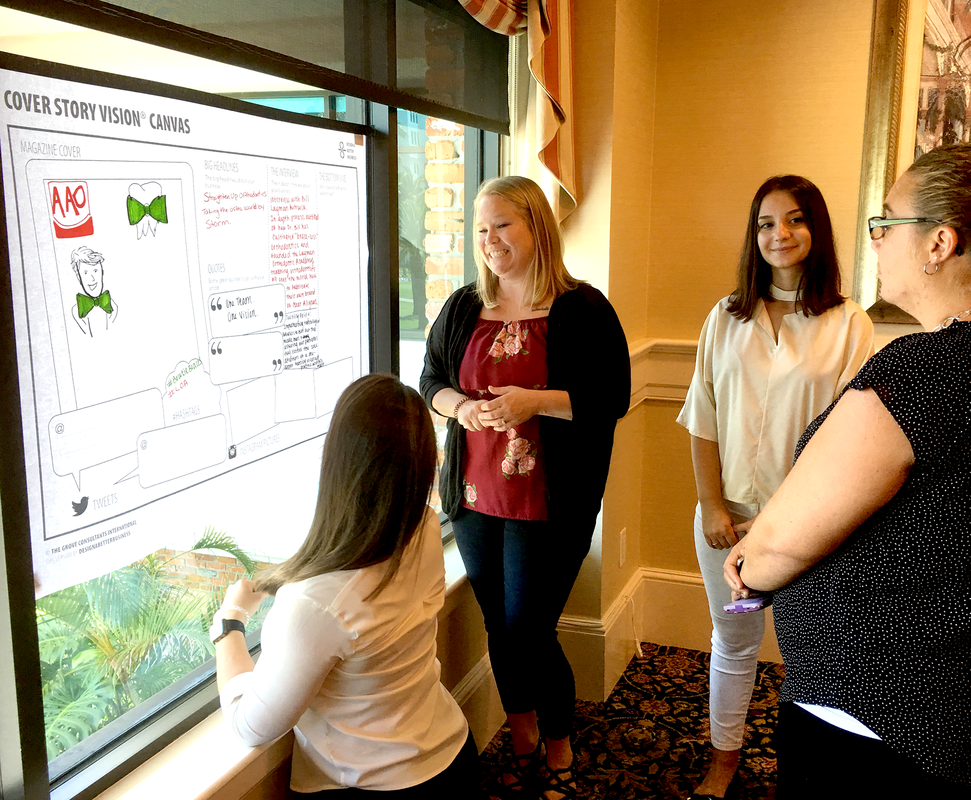
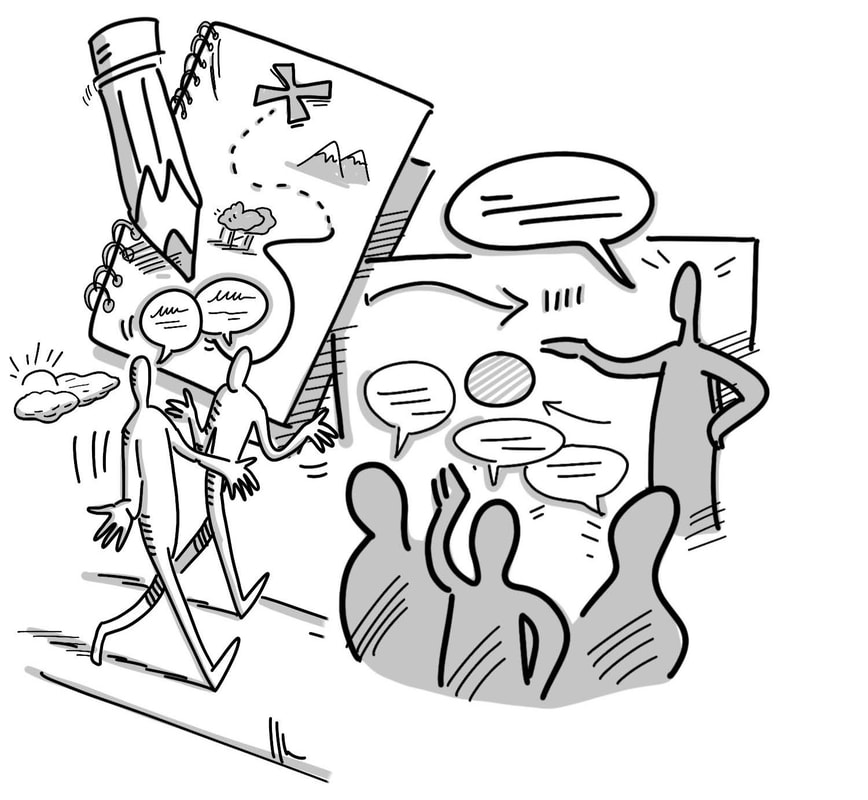

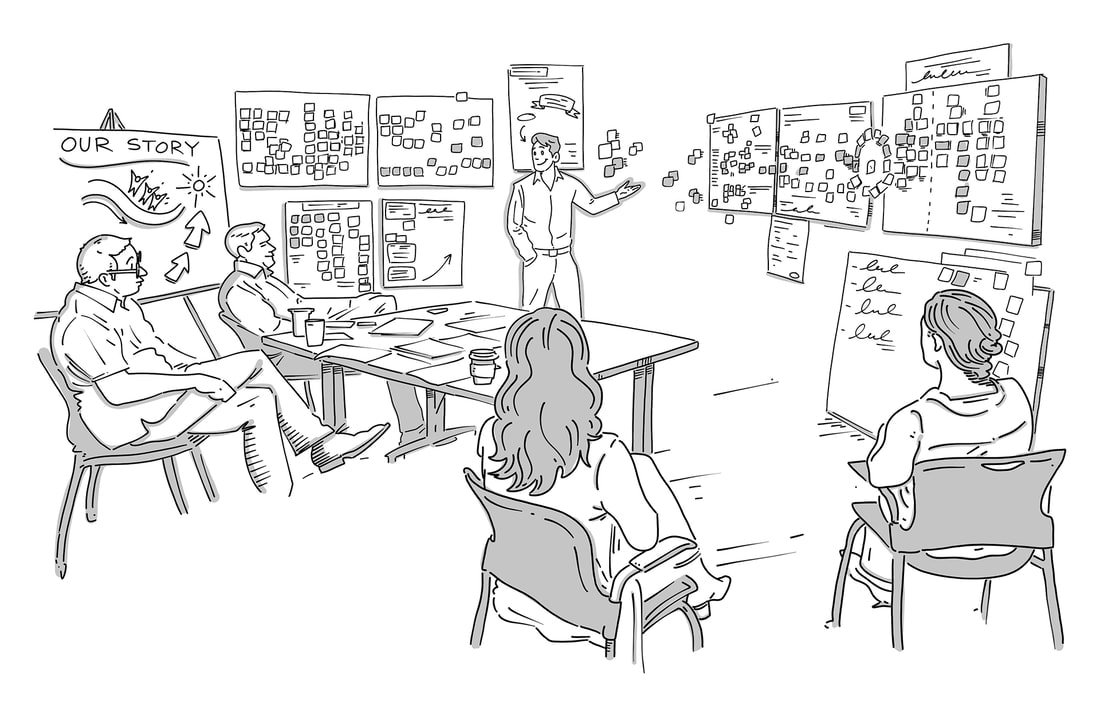
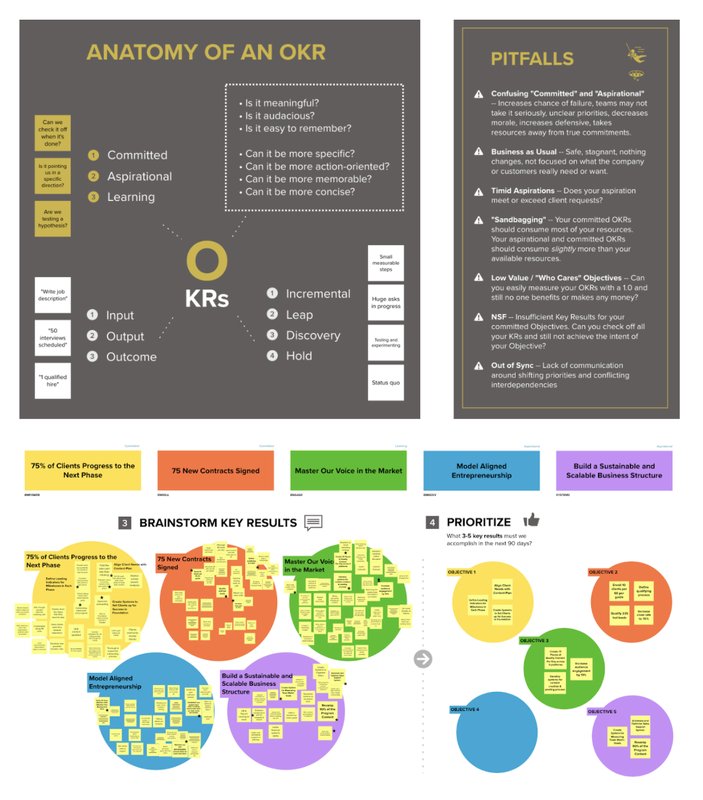
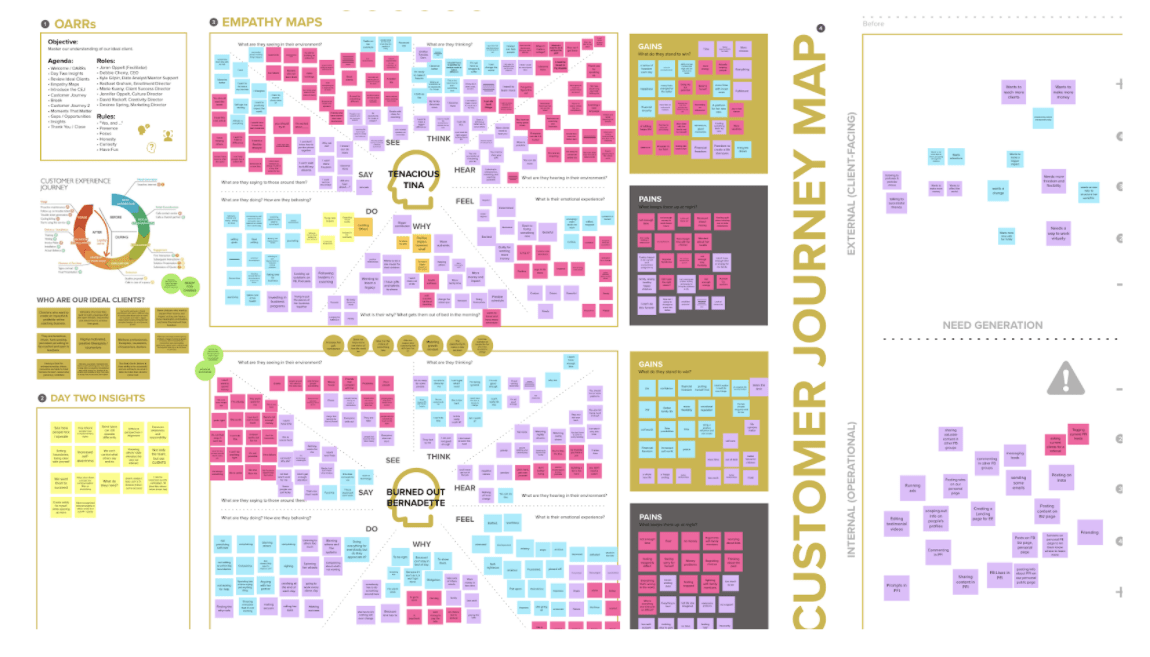
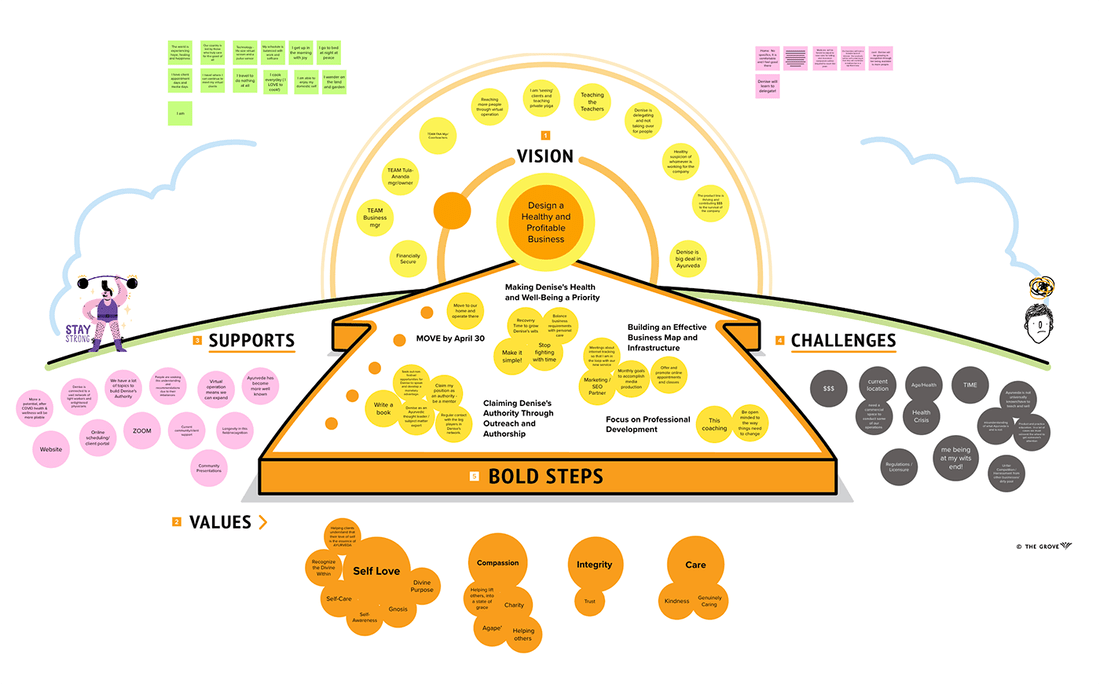
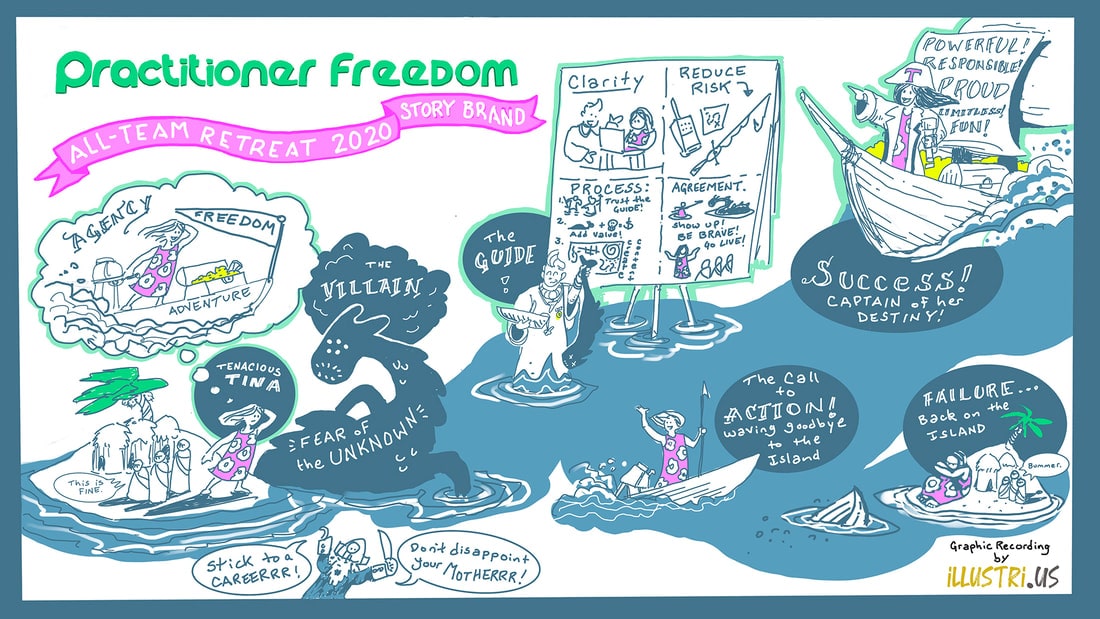
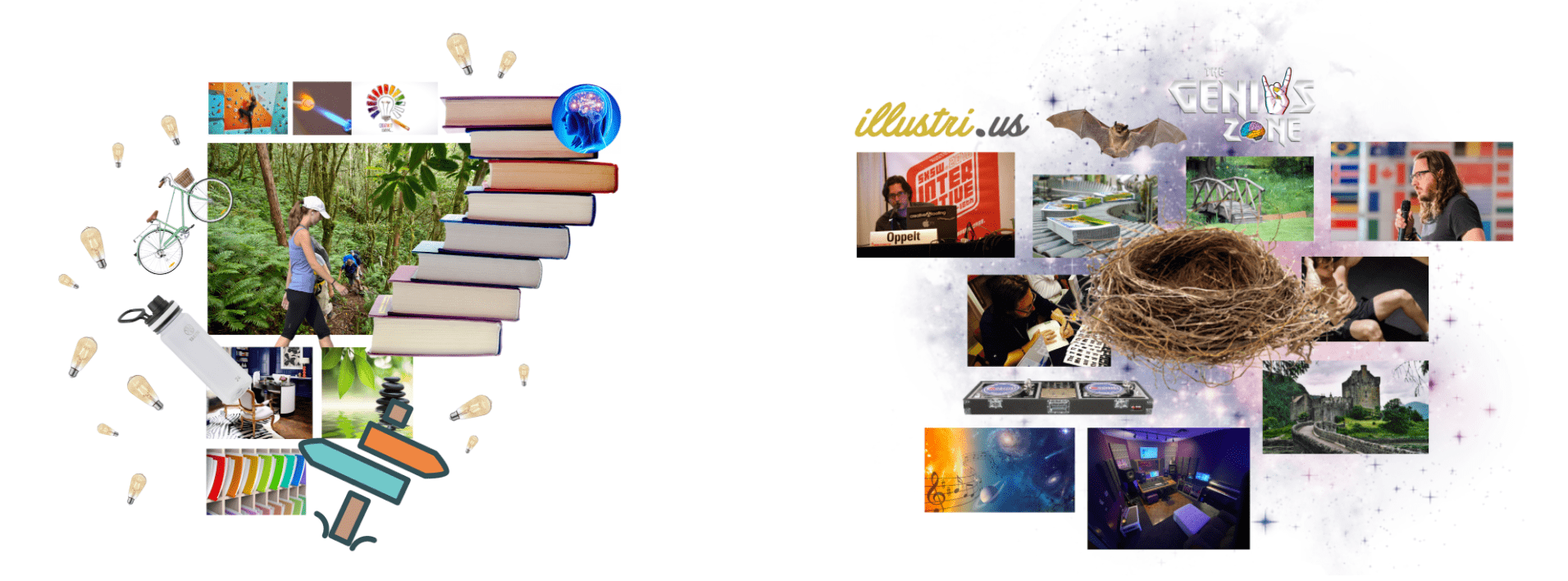
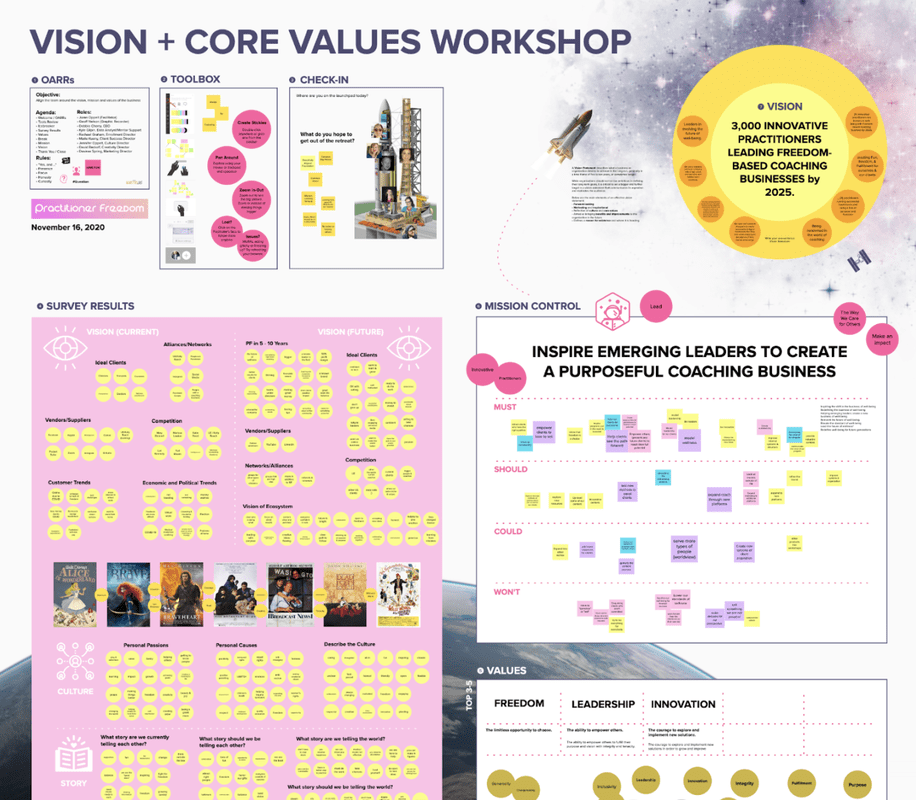
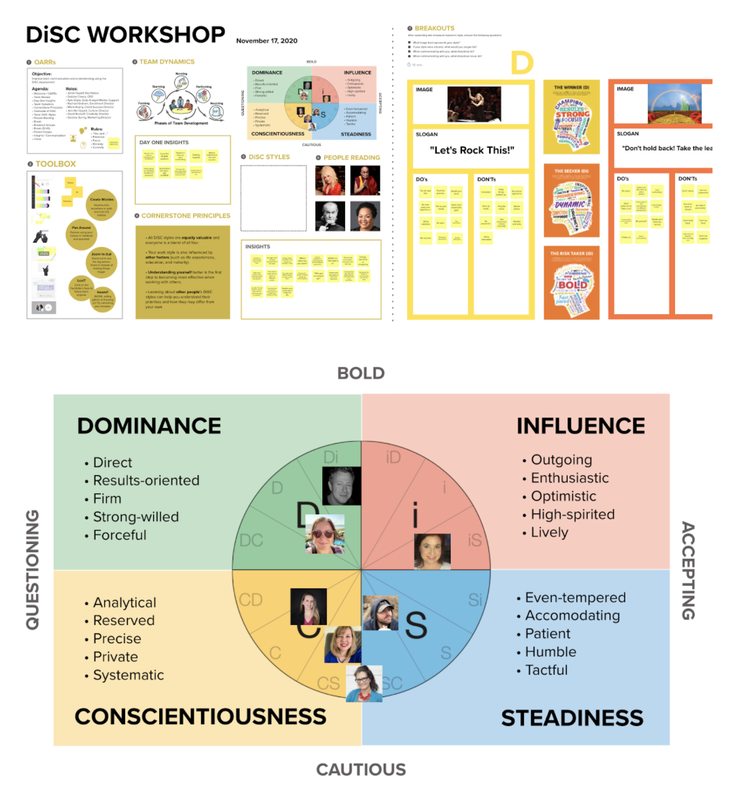
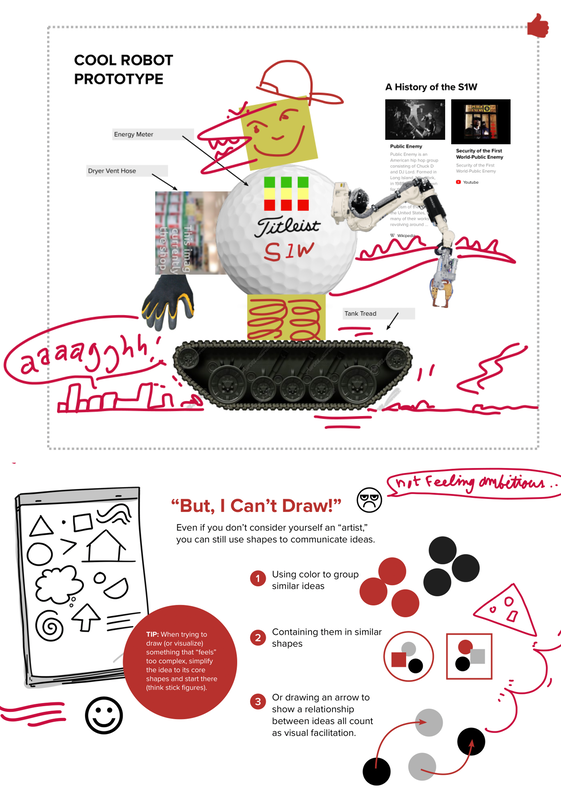
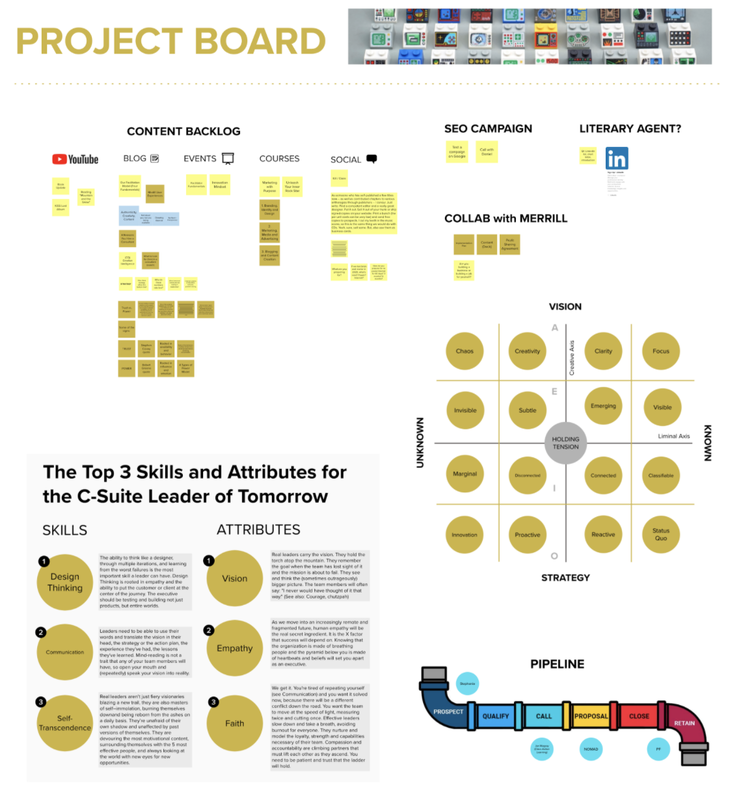
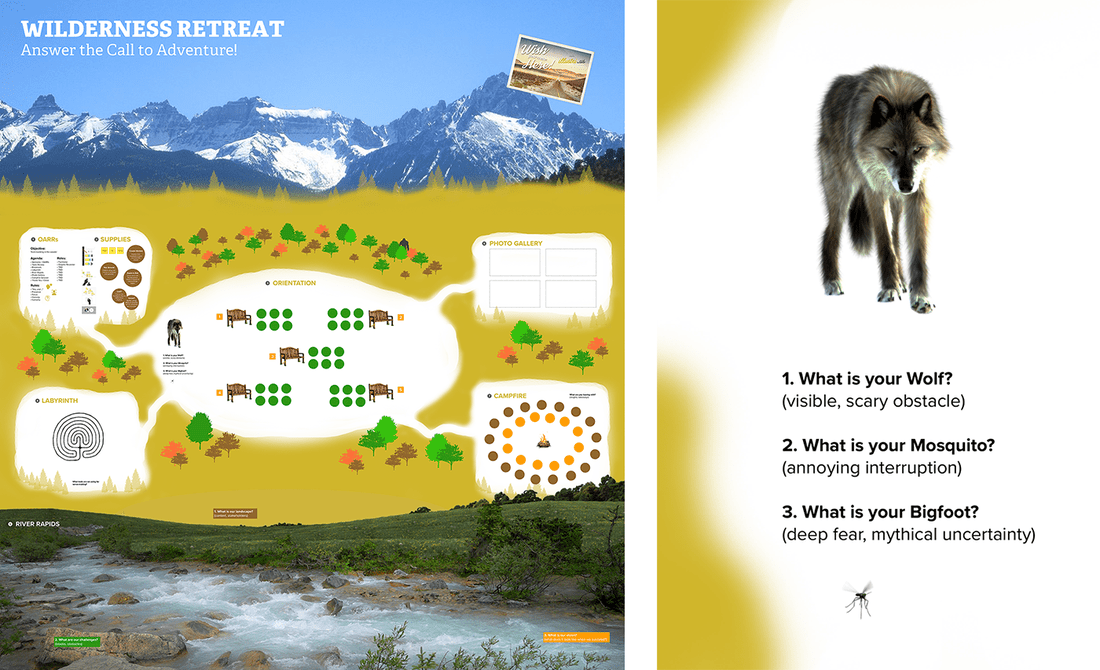
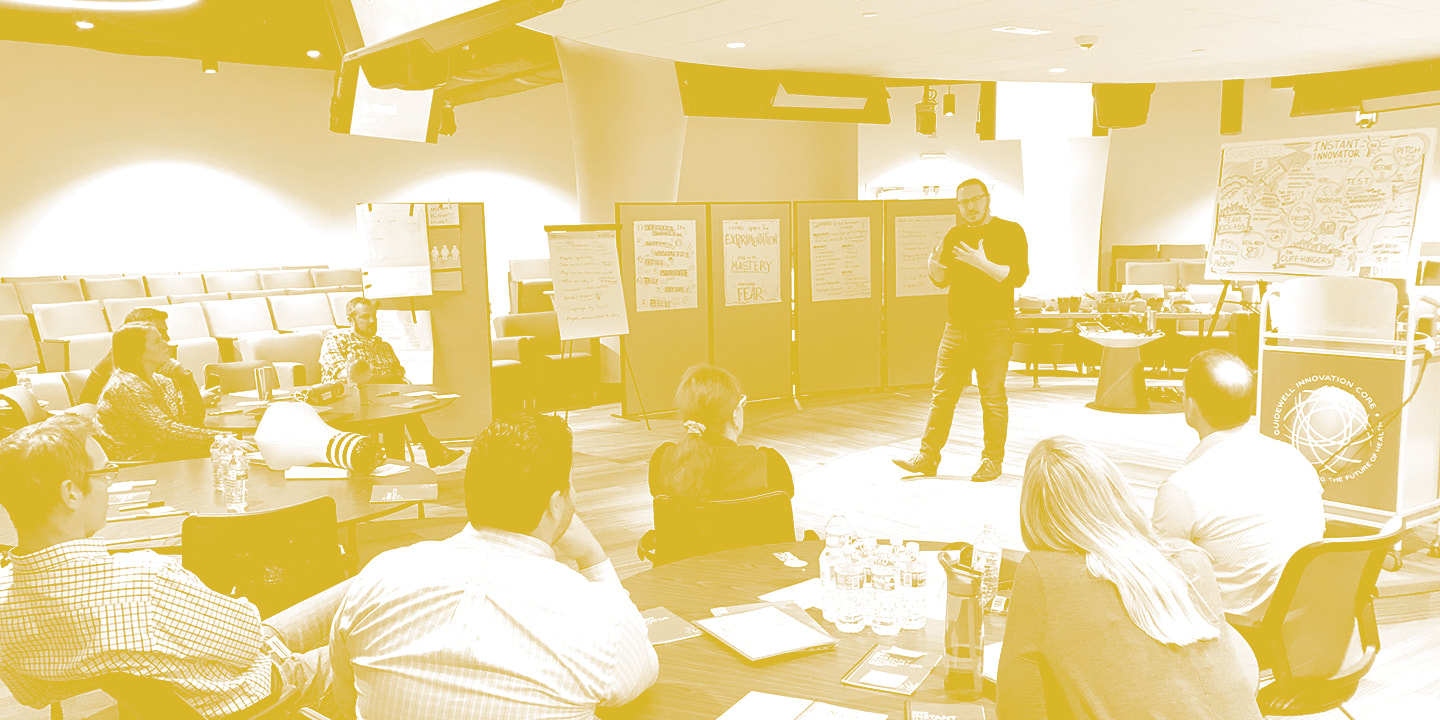
 RSS Feed
RSS Feed